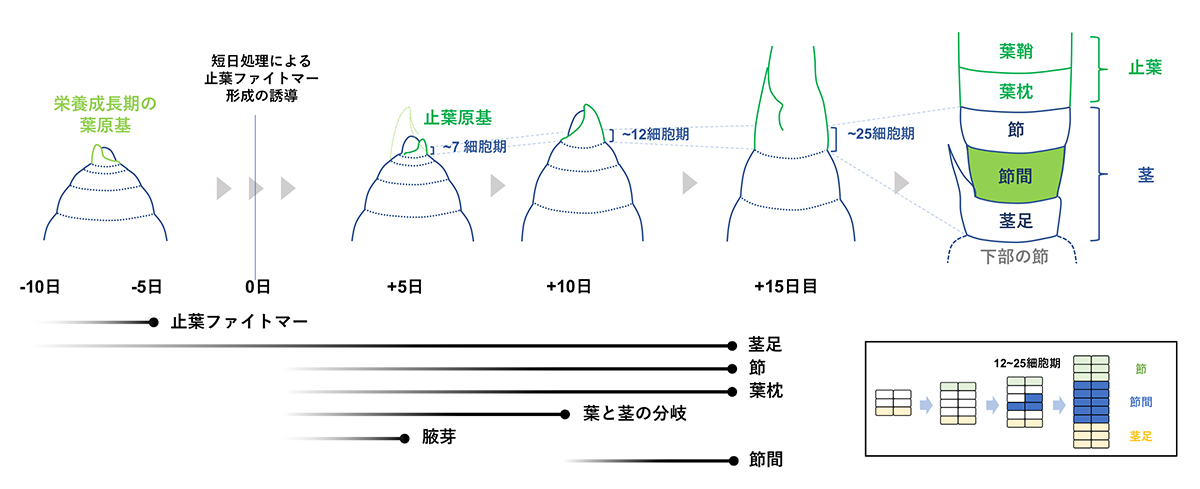2023-09-25 カリフォルニア大学バークレー校(UCB)
 Schematic showing the electric potential generated from virus film upon heating. Heat denatures, or melts, the protein coating on the engineered phage, causing a difference in electrical potential. (Image courtesy of Seung-Wuk Lee)
Schematic showing the electric potential generated from virus film upon heating. Heat denatures, or melts, the protein coating on the engineered phage, causing a difference in electrical potential. (Image courtesy of Seung-Wuk Lee)
◆バークレーの研究者たちは、工学的に設計されたウイルスが熱にさらされると電力を生成することができることを報告し、これが次世代のバイオセンサーや診断ツールの発展の道を開く可能性があると述べています。
◆この現象は「火電気効果」として知られ、バイオ材料(細胞、組織、タンパク質)が分子レベルで電力を生成する方法についての洞察を提供し、新しい医療、製薬、環境、エネルギーの応用につながる可能性があります。
<関連情報>
- https://engineering.berkeley.edu/news/2023/09/researchers-demonstrate-heat-induced-pyroelectricity-in-viruses/
- https://onlinelibrary.wiley.com/doi/abs/10.1002/adma.202305503
ウイルスに基づく焦電性 Virus-Based Pyroelectricity
Han Kim, Kento Okada, Inseok Chae, Butaek Lim, Seungwook Ji, Yoonji Kwon, Seung-Wuk Lee
Advanced Materials Published: 23 August 2023
DOI:https://doi.org/10.1002/adma.202305503
Abstract
The first observation of heat-induced electrical potential generation on a virus and its detection through pyroelectricity are presented. Specifically, the authors investigate the pyroelectric properties of the M13 phage, which possesses inherent dipole structures derived from the noncentrosymmetric arrangement of the major coat protein (pVIII) with an α-helical conformation. Unidirectional polarization of the phage is achieved through genetic engineering of the tail protein (pIII) and template-assisted self-assembly techniques. By modifying the pVIII proteins with varying numbers of glutamate residues, the structure-dependent tunable pyroelectric properties of the phage are explored. The most polarized phage exhibits a pyroelectric coefficient of 0.13 µC m-2 °C-1. Computational modeling and circular dichroism (CD) spectroscopy analysis confirm that the unfolding of α-helices within the pVIII proteins leads to changes in phage polarization upon heating. Moreover, the phage is genetically modified to enable its pyroelectric function in diverse chemical environments. This phage-based approach not only provides valuable insights into bio-pyroelectricity but also opens up new opportunities for the detection of various viral particles. Furthermore, it holds great potential for the development of novel biomaterials for future applications in biosensors and bioelectric materials.


